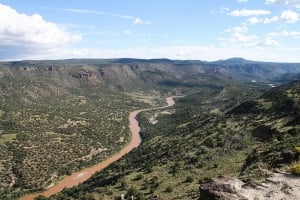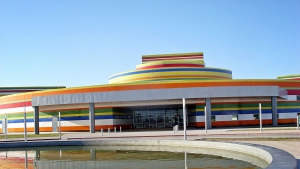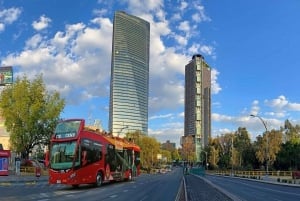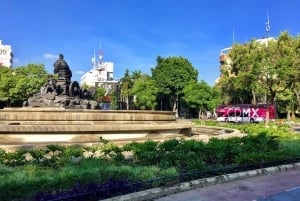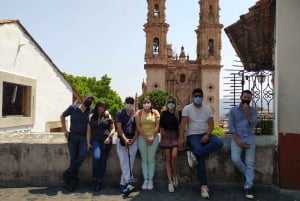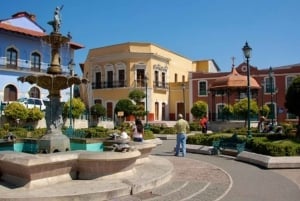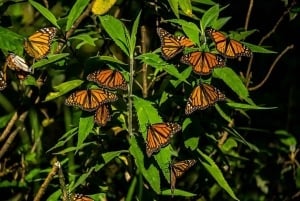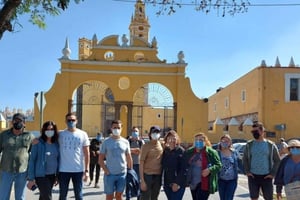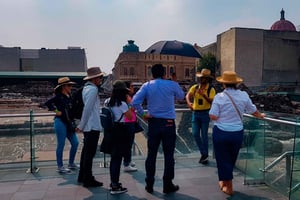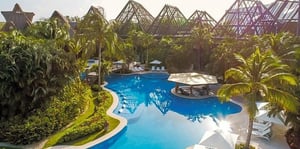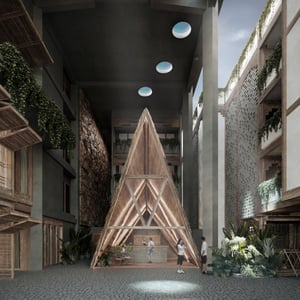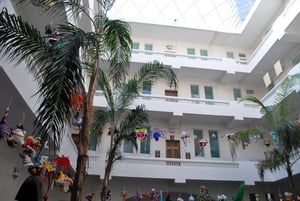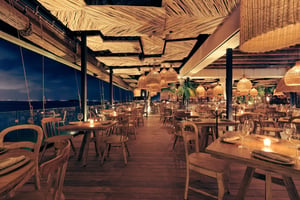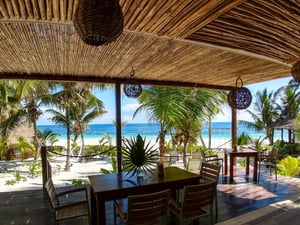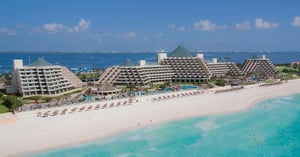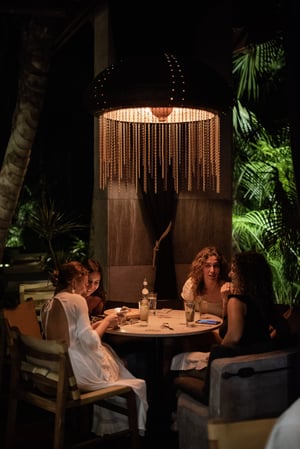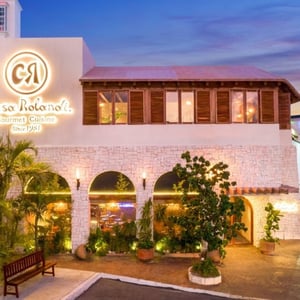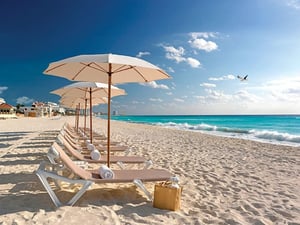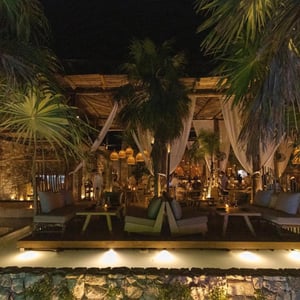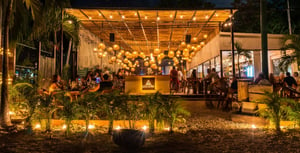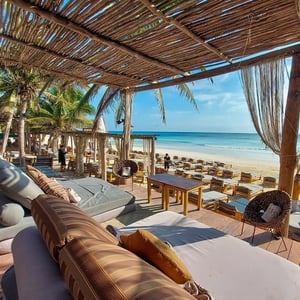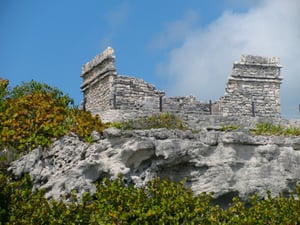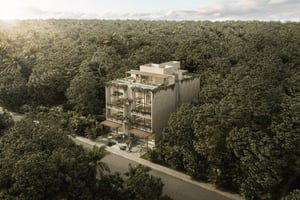Tamaulipas
The entire year is mild to warm and it invites you to swim at average water temperatures of 26 °C.
It borders on the south-east with the States of Veracruz, San Luis Potosi and San Luis Potosí, and Nuevo León on the west in northeast Mexico. It is located to the south of the US-Mexico boundary of Texas, a distance of 370 km (230 mi), and bordered to the east by the Gulf of Mexico. The major cities in the state include Reynosa, Matamoros, Nuevo Laredo, Tampico, and Mante, as well as Ciudad Victoria, the capital.
Tamaulipas was originally populated by the Olmec people and later by Chichimec and Huastec tribes. From 1445 to 1466, a substantial part of the region was conquered by Mexica (or Aztec) commander Moctezuma I Ilhuicamina, and it became a tributary to the empirical Mexican empire. However, some mainly nomadic tribal people in the region were never completely invaded by the Aztecs.
The Cancer Tropic reaches the southern portion of Victoria municipality. There is a strong presence of coastal plains in the Gulf, and cactus plants and pastures adorn the vegetation insides. The major fauna in the area is:
- Cougar (Puma concolor).
- Long-tailed weasel (Mustela frenata).
- Ocelot (Leopardus pardalis).
- American badger (Taxidea taxus).
- North American beaver (Castor canadensis).
- Plain chachalaca (Ortalis vetula).
- Quail.
High moisture and high temperatures allow at times cool weather as well as hot and humid tropical weather. The entire year is mild to warm and it invites you to swim at average water temperatures of 26 °C. The best time to travel is from November to February due to the lower temperatures. Try to prevent the July to September rainy season.
Northern Tamaulipas shares with Texas its economic culture and is distinguished mainly by agriculture and rapid development in all industrial fields. The petrochemical industry is the key pillar of Southern Tamaulipas' economy.
Tourism, fisheries, and several commercial shipping firms located in Tampico and Altamira are also of special significance. The small village of La Pesca, in the area of Soto La Marina, is a fast-developing tourism area with spectacular beaches and excellent fishing both in the Gulf of Mexico and the Rio Soto La Marina. It lies between Brownsville, Texas, and Tampico. The central area includes Ciudad Victoria, capital and home to a great deal of forestry and agriculture and some growth of the industry.
Do not miss:
- Matamoros
The Teatro de la Reforma in Matamoros was first built in 1865, also known as the Opera Theatre. In 1904, it saw a landmark moment in which his composer, Don Jaime Nuño, sang Mexico's national anthem for the first time.
- Beaches
Among the most attractive state beaches are Altamira and the Golden Dunes, situated in Altamira, and Miramar, which receives numerous tourists every year. Baghdad Beach, east of Matamoros, hosts every year the ever-popular El Festival del Mar (Festival of the Sea).
- Tampico



